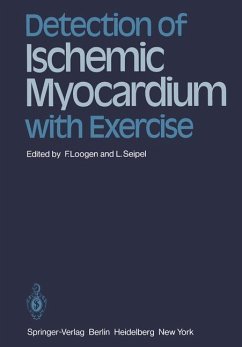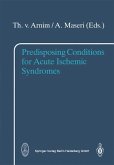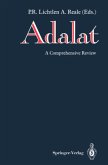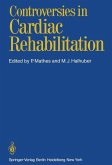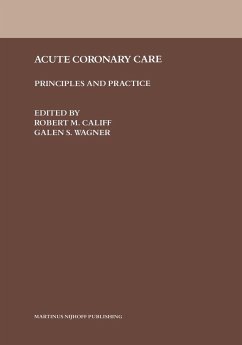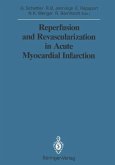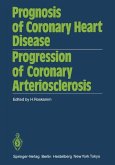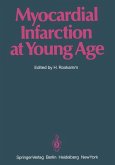The detection of ischemic myocardium is one of the major problems in modern cardiology. Exercise has long been used to detect latent myocardial ischemia by enhancing oxygen de mand, but different cardiologists perform exercise tests in dif ferent ways. In addition, many new techniques for detection of ischemia have been developed in the past decade. For these reasons, a symposium on this topic was organized in Dusseldorf under the auspices of the European Society of Cardiology. The papers from this symposium contained herein provide an up-to-date review of the different forms of exercise tests, including their advantages and disadvantages. Indications for study, recording techniques and evaluation of exercise ECG, including computer techniques, are extensively discussed. The results of exercise ECG are compared with those of other me thods, especially coronary angiography. Finally, the prognostic value of exercise ECG is assessed. Additional chapters deal with complementary methods for detection of myocardial ischemia, presenting techniques and results of angiographic, isotopic and metabolic studies under exercise. The symposium demonstrates that exercise testing has a primary role in the detection of the disease, but there is still no unanimity on how to carry it out. The results of some new approaches are promising, even if their clinical relevance has not yet been fully established. We hope that this book will be of interest to all our colleagues taking care of cardiac patients. We wish especially to thank Mr. M. Giicker and Mrs. B.

